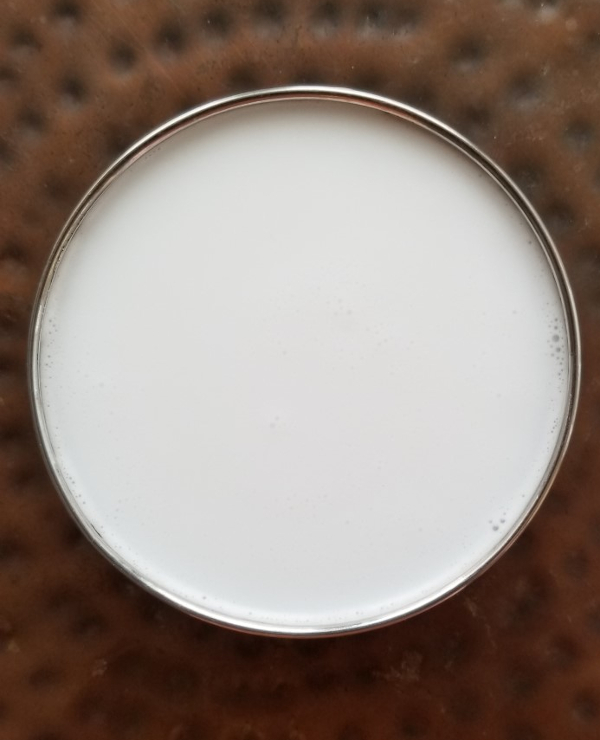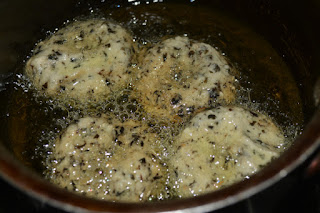Yogiratna is a popular vegetable curry preparation from the Konkani cuisine. This coconut milk based mixed vegetable curry which also goes by the name valval is traditionally reserved for special occasions and festive days. This mildly spicy, delicious curry goes well with rice and is a simple dish to prepare.
Most of the local variety vegetables on hand were originally used in this preparation as long as they are not the bitter / sour / tough variety. No onion or garlic is used in the recipe. Some of the local vegetables that go in this dish are bread fruit, tender / dried cashews, pumpkin, yam, ash gourd, bottle gourd, ivy gourd, ridge gourd, snake gourd, yard long beans, plantain, the yellow colored cucumber, and sweet potato. I used carrots, beans, potatoes, green peas, butternut squash, ivy gourd, ridge gourd and plantain for my yogiratna / valval.
Fresh or frozen coconut can be used to prepare coconut milk. If using frozen coconut, thaw it before using. The coconut is ground with water twice to get the first time 'thick' milk and the second time 'thinner milk'. Usually the vegetables are cooked in the thin coconut milk and water mixture in a pot. I made a small portion and pressure cooked them in water. Yogiratna / valval needs to be slightly on a thicker side (and so avoid cooking vegetables in water more than needed or throw away / save the extra water.) Mixed vegetables and coconut milk can be used in an average 1:1 ratio in the recipe.

Ingredients:
1 cup mixed vegetables, chopped *
2 - 3 green chilies, sliced
1/2 cup shredded coconut / 1 cup coconut milk
1 tsp. rice flour / all purpose flour
Salt to taste
Ingredients for seasoning:
1 tsp. ghee
1/2 tsp. mustard seeds
1/2 tsp. cumin seeds
Few curry leaves
* I used carrots, beans, potatoes, green peas, pumpkin, ivy gourd, ridge gourd and plantain.
Directions:
* Pressure cook the prepared vegetables along with green chilies for one whistle, adding about 1/2 cup of water.
* If preparing coconut milk from scratch, grind the coconut adding about a cup of water. Pass the ground coconut mixture through a sieve and collect the thick milk. Add the coconut residue back to the blender and add about 1/4 cup of water and grind again for few seconds and collect the thin milk. (The milk extracted this time will be thinner than the one extracted the first time.)
* Combine flour and the thin coconut milk in a small cup and mix well.
* Add the cooked vegetables, the thin coconut milk - flour slurry, and salt to a pan. Cook for 2 or 3 minutes. Add the thick coconut milk and bring the mixture to a boil. Lower the heat once the mixture starts boiling and simmer it for about four to five minutes. Turn off the stove. (I added both the coconut milks at the same time.) * Heat ghee in a small pan and add mustard seeds and cumin seeds. When mustard seeds start to splutter and cumin seeds turn a shade darker, add curry leaves and turn off the stove.
* Add this seasoning to the above cooked vegetable mixture and stir well. Serve warm with rice.




















































